Before 2013 marches on any further, the stirring conclusion to my book list… In 2012, I read 27 books. Here are numbers 1-10 in the order of most to least inspiration, pleasure, ideas and word-love derived.
(1) and 2)
I worked my way through Volumes 1-6 of the Diary of Anais Nin this year, which I found to be lyrical, compelling, idea-inspiring.
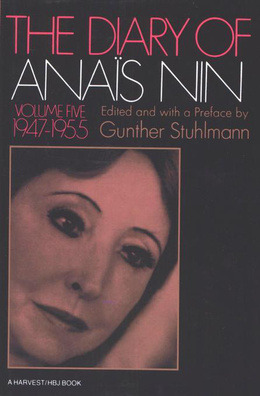 The Diary of Anaïs Nin, Volume 2, 1934-1939 (1967)
The Diary of Anaïs Nin, Volume 2, 1934-1939 (1967)
Volume 2 was my favourite. Expansiveness as a writer, thoughts on the woman artist. Begins in jazzy New York City, taking on Otto Rank’s patients as an apprentice analyst. Then her return to Paris, her “romantic life” in the houseboat, friendship with Durrell & Henry Miller and the mooching Gonzalo. Reality intruding via the Spanish Civil War and the first stirrings of WWII. Favorite quote from Volume 2 here.
The Diary of Anaïs Nin, Volume 1, 1931-1934 (1966)
The beginning of it all: Louveciennes, meeting Henry Miller, café life, reconciliation with her father, initiates psychoanalysis, miscarriage… A choice quote here.
(3) Fun Home (2006) – Alison Bechdel
A book that couldn’t exist in any form but the graphic novel. The interplay between 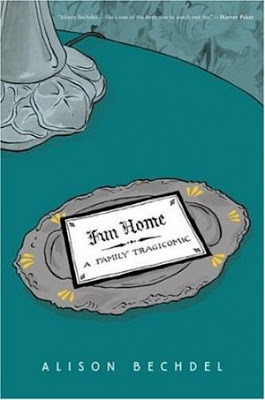 image and text is layered, each panel precise and necessary. I was amazed at how she was able to transmit the confusion and complexity of being a child and adolescent: how the historical time, family history and your personal development (body & mind) all mixes together, while figuring out questions of sexuality, gender and selfhood. The specificity of a time and the great looming role your parents play in it. Literature weaving through it as it did through her relationship with her father. Absorbing, moving, funny.
image and text is layered, each panel precise and necessary. I was amazed at how she was able to transmit the confusion and complexity of being a child and adolescent: how the historical time, family history and your personal development (body & mind) all mixes together, while figuring out questions of sexuality, gender and selfhood. The specificity of a time and the great looming role your parents play in it. Literature weaving through it as it did through her relationship with her father. Absorbing, moving, funny.
(4) This Is How You Lose Her (2012) – Junot Díaz
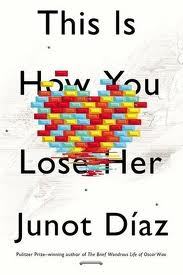 I found this collection to be a bit uneven compared with Drown. The very last story, for example, just sounds like Díaz sitting down & telling you about how he fucked up his love life over a couple of beers, which is entertaining enough, but lacks his magic touch. This book is near the top of my list because of the story “Invierno”, which was so gripping, vivid, & true. It got inside me unlike any other short story I’ve read recently.
I found this collection to be a bit uneven compared with Drown. The very last story, for example, just sounds like Díaz sitting down & telling you about how he fucked up his love life over a couple of beers, which is entertaining enough, but lacks his magic touch. This book is near the top of my list because of the story “Invierno”, which was so gripping, vivid, & true. It got inside me unlike any other short story I’ve read recently.
(5) The Philosophy of Andy Warhol (1975)
Andy Warhol on beauty, art, sex, aging, celebrity. Very funny, very charming. More thoughts here. Favorite Andy quotes here.
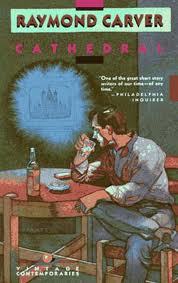 (6) Cathedral (1983) – Raymond Carver
(6) Cathedral (1983) – Raymond Carver
This was a re-read for me “Cathedral” and “Feathers” are two of my Carver stories. More complete thoughts here.
(7) and (8)
The Diary of Anaïs Nin, Volume 3, 1939-1944 (1969)
The Diary of Anaïs Nin, Volume 4, 1944-1947 (1971)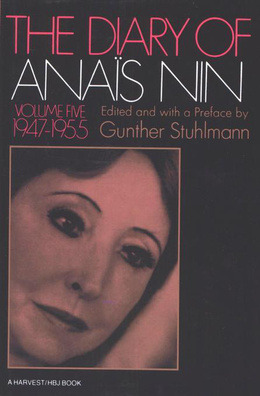
These volumes cover her displacement from Paris during World War II; frustration at the United States, its attitudes towards literature and selfhood. Quote from Volume 4 here. Volume 3 quote here.
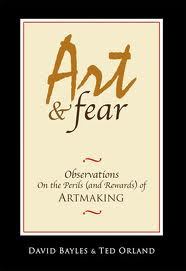 (9) Art and Fear: Observations on the Perils (and Rewards of) Artmaking (1993) – David Bayles and Ted Orland
(9) Art and Fear: Observations on the Perils (and Rewards of) Artmaking (1993) – David Bayles and Ted Orland
Primarily addressed to visual artists, but for anyone trying to keep up their creative life. Draws attention to process as the primary purpose & function of art-making, in a timeless way. A brilliantly concise history of the various cultural definitions of art & the conundrum artists face today. (Art being defined as a vehicle of individual expression and art about art being the highest intellectual ideal…. Much in the way that writing about writing will get you the most points in academic circles.)
(10) Will You Please Be Quiet Please? (1976) – Raymond Carver 
Carver’s very first book of short stories. Comforting to see that a couple of them are duds (“Bicycles, Muscles, Cigarettes”), but of course the majority are knock-outs. I especially love “What’s in Alaska?”, “Fat” and “Jerry and Molly and Sam”.

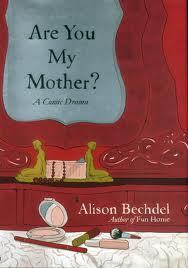 mother and coming to terms with her feelings about her mother in psychotherapy. I could see how its “meta-book” quality (she talks about the process of writing the book in the book) and its focus on her therapy (many pages are panels of conversations with her therapists) would not appeal to everyone, but I felt very open to it & interested in it. She touches on a lot of my own interests – the theories of Dinald Winicott, the life of Virginia Woolf, the psychoanalytic process. Bechdel’s persona, a curious, creative, insecure, unrelentingly honest artist and memoirist is also highly sympathetic.
mother and coming to terms with her feelings about her mother in psychotherapy. I could see how its “meta-book” quality (she talks about the process of writing the book in the book) and its focus on her therapy (many pages are panels of conversations with her therapists) would not appeal to everyone, but I felt very open to it & interested in it. She touches on a lot of my own interests – the theories of Dinald Winicott, the life of Virginia Woolf, the psychoanalytic process. Bechdel’s persona, a curious, creative, insecure, unrelentingly honest artist and memoirist is also highly sympathetic.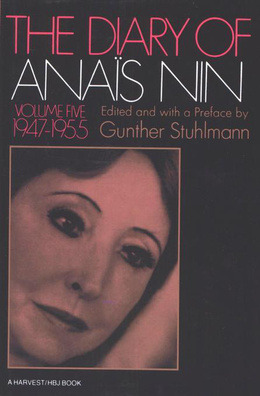

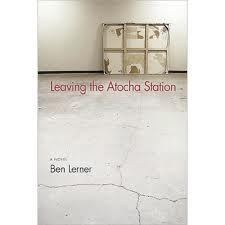 Young American poet in Madrid. Some say this is thinly disguised autobiography – I found myself actually not being that curious either way, which is not always the case. I really liked the internal quality of the novel, the absolute subjectivity. You get the feeling that the people the narrator interacts with actually like him better and think he’s smarter, more interesting & socially adjusted than he gives himself credit for (doesn’t help that he’s high & paranoid most of the time). I also loved the way he described the fog of living in a country where you halfway speak the language, how you have multiple interpretations for what someone could be saying to you, and how all of those versions might be wrong. My only quibble was with the ending, it’s all tied up into a neat bow, not sure what we as readers are intended to be left with. (I passed it along to a friend, not a keeper on the shelf, but worth passing along.)
Young American poet in Madrid. Some say this is thinly disguised autobiography – I found myself actually not being that curious either way, which is not always the case. I really liked the internal quality of the novel, the absolute subjectivity. You get the feeling that the people the narrator interacts with actually like him better and think he’s smarter, more interesting & socially adjusted than he gives himself credit for (doesn’t help that he’s high & paranoid most of the time). I also loved the way he described the fog of living in a country where you halfway speak the language, how you have multiple interpretations for what someone could be saying to you, and how all of those versions might be wrong. My only quibble was with the ending, it’s all tied up into a neat bow, not sure what we as readers are intended to be left with. (I passed it along to a friend, not a keeper on the shelf, but worth passing along.)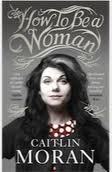 horoughly enjoyable if you disregard her lofty claims for the book. Namely, that it’s a sorely needed feminist treatise on pop culture & the everyday conundrums of femininity (such as what to wear). Especially if Lady Gaga is the absolute height of feminist achievement (as she claims, ugh). There’s in fact extensive writing & thinking on this stuff all over the internet (though maybe not written by someone of her generation).
horoughly enjoyable if you disregard her lofty claims for the book. Namely, that it’s a sorely needed feminist treatise on pop culture & the everyday conundrums of femininity (such as what to wear). Especially if Lady Gaga is the absolute height of feminist achievement (as she claims, ugh). There’s in fact extensive writing & thinking on this stuff all over the internet (though maybe not written by someone of her generation).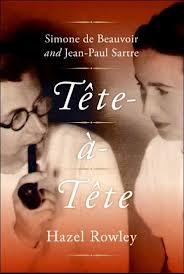 Fascinating account of the lifelong relationship between Simone de Beauvoir & Jean-Paul Sartre, spanning their complicated private lives, literary works and the great wave of the 20th centruy. This was my second read, otherwise would be higher on the list – my first read transformed my perspective for a while.
Fascinating account of the lifelong relationship between Simone de Beauvoir & Jean-Paul Sartre, spanning their complicated private lives, literary works and the great wave of the 20th centruy. This was my second read, otherwise would be higher on the list – my first read transformed my perspective for a while.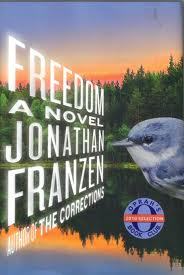 -Absolutely absorbing. He plants information masterfully, weaves the story in a way that keeps you reading (from the first sentence you know there’s a downfall to come). Franzen sticks to his mantra of being a friend to the reader – a feat to create a literary page-turner.
-Absolutely absorbing. He plants information masterfully, weaves the story in a way that keeps you reading (from the first sentence you know there’s a downfall to come). Franzen sticks to his mantra of being a friend to the reader – a feat to create a literary page-turner.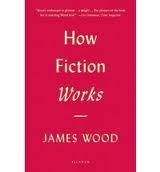 Coherent, snappy, reader-friendly literary criticism: aaah, sweet relief. James Wood, I will always love you for brilliantly taking down Paul Auster and Michel Houellebecq as overrated in the pages of The New Yorker, no less. Though minus point for how little of an impact this treatise ultimately made on me. (I realize this could also be because the internet has rotted my brain.) The only thing I can recall several months after reading it is that it convinced me to read more Saul Bellow. I guess that could be counted as a success.
Coherent, snappy, reader-friendly literary criticism: aaah, sweet relief. James Wood, I will always love you for brilliantly taking down Paul Auster and Michel Houellebecq as overrated in the pages of The New Yorker, no less. Though minus point for how little of an impact this treatise ultimately made on me. (I realize this could also be because the internet has rotted my brain.) The only thing I can recall several months after reading it is that it convinced me to read more Saul Bellow. I guess that could be counted as a success.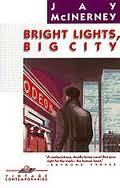
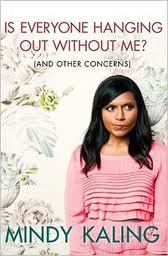 Kaling
Kaling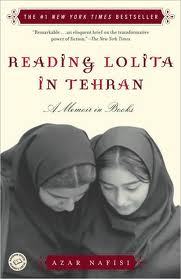 interpretations of The Great Gatsby, Daisy Miller & Lolita, and their bearing on her and her students’ lives in Iran. I also learned about Iranian history, a fascinating, nightmarish personal account, the upheaval that has occurred in the past 40 years. The style was a bit formulaic sometimes (as in “I can feel the snow of Tehran as I write, I can see my students’ faces as I type these words”) & I started to get all of the characters mixed up, felt like they weren’t drawn distinctly enough, so I wasn’t emotionally drawn in.
interpretations of The Great Gatsby, Daisy Miller & Lolita, and their bearing on her and her students’ lives in Iran. I also learned about Iranian history, a fascinating, nightmarish personal account, the upheaval that has occurred in the past 40 years. The style was a bit formulaic sometimes (as in “I can feel the snow of Tehran as I write, I can see my students’ faces as I type these words”) & I started to get all of the characters mixed up, felt like they weren’t drawn distinctly enough, so I wasn’t emotionally drawn in.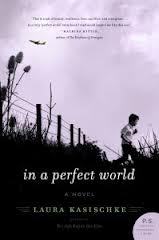 Speculative fiction about a plague, but told from an oblique perspective – that of a slightly depressed, newly married flight attendant forced into mothering her evil stepchildren in a midwest backwater. Wonderful creepy details about how American society deals with the plague (obsessive reporting on celebrity deaths, white helium balloons are anonymously released in memory of victims). Also a dark fairytale quality to it, atmospheric.
Speculative fiction about a plague, but told from an oblique perspective – that of a slightly depressed, newly married flight attendant forced into mothering her evil stepchildren in a midwest backwater. Wonderful creepy details about how American society deals with the plague (obsessive reporting on celebrity deaths, white helium balloons are anonymously released in memory of victims). Also a dark fairytale quality to it, atmospheric. 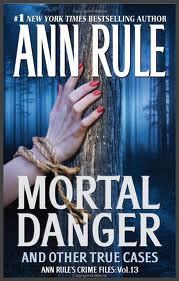 (24) Mortal Danger (2008) – Anne Rule
(24) Mortal Danger (2008) – Anne Rule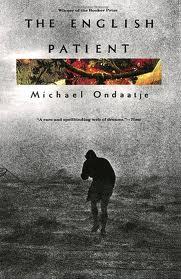
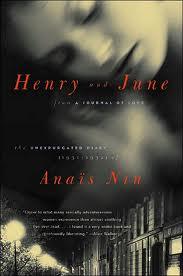 Completely disappointing and actually a little boring after reading Anaïs Nin’s rich, witty, philosophical & idea-packed diaries. This book contains only extractions from her diary that deal with her affair with Henry Miller. Consequently, it’s repetitive and a one-sided vision of a deep-thinking woman- makes her seem singularly obsessed with the affair & its sexual aspects, when there was so much else going on, including within their affair (talks about writing, aesthetics, etc.). If you’re interested in it for the sexy bits, go straight to her erotica (Delta of Venus & Little Birds).
Completely disappointing and actually a little boring after reading Anaïs Nin’s rich, witty, philosophical & idea-packed diaries. This book contains only extractions from her diary that deal with her affair with Henry Miller. Consequently, it’s repetitive and a one-sided vision of a deep-thinking woman- makes her seem singularly obsessed with the affair & its sexual aspects, when there was so much else going on, including within their affair (talks about writing, aesthetics, etc.). If you’re interested in it for the sexy bits, go straight to her erotica (Delta of Venus & Little Birds). impartial as a biographer there are loads of value judgments in both biographies. It’s not that I needed her to like Nin. It’s that she writes with an active distaste for her subject. No further evidence is needed than her chapter dealing with Nin’s illness and death. While she sums up years-long relationships, books Nin wrote, and other important events in a a paragraph or so, she spends several pages on Nin’s cancer, beginning with the sentence, “The cancer started in the vagina” and details her extensive, years-long suffering. This to me was a passive-aggressive way to mete out justice for Nin’s very active and complicate sex life. No thoughtful assessment of Nin’s complicated relationship with the women’s liberation movement, no real assessment or even description Nin’s life work, least of all the diaries (only details about how she screwed over her loyal publisher for their publication & conspired to get them published by any means possible). No thoughts about what it meant to be a woman writer in her time or even the boldness with which she lived out her sexuality as a woman in a repressive time.
impartial as a biographer there are loads of value judgments in both biographies. It’s not that I needed her to like Nin. It’s that she writes with an active distaste for her subject. No further evidence is needed than her chapter dealing with Nin’s illness and death. While she sums up years-long relationships, books Nin wrote, and other important events in a a paragraph or so, she spends several pages on Nin’s cancer, beginning with the sentence, “The cancer started in the vagina” and details her extensive, years-long suffering. This to me was a passive-aggressive way to mete out justice for Nin’s very active and complicate sex life. No thoughtful assessment of Nin’s complicated relationship with the women’s liberation movement, no real assessment or even description Nin’s life work, least of all the diaries (only details about how she screwed over her loyal publisher for their publication & conspired to get them published by any means possible). No thoughts about what it meant to be a woman writer in her time or even the boldness with which she lived out her sexuality as a woman in a repressive time. 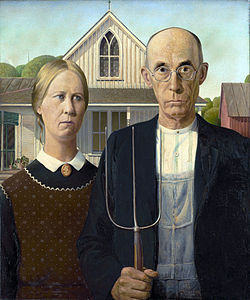 I have now known community living. But I am still convinced that these people who are so proud of giving birth and raising three children are giving less to the world than Beethoven, or Paul Klee, or Proust. It is their conviction of their virtuousness which distresses me. I would like to see fewer children and more beauty around them, fewer children and more educated ones, fewer children and more food for all, more hope and less war. I was not proud at all of having helped three children with faces like puddings or oatmeal to live through a Sunday afternoon. I would have felt prouder if I had written a quartet to delight many generations.
I have now known community living. But I am still convinced that these people who are so proud of giving birth and raising three children are giving less to the world than Beethoven, or Paul Klee, or Proust. It is their conviction of their virtuousness which distresses me. I would like to see fewer children and more beauty around them, fewer children and more educated ones, fewer children and more food for all, more hope and less war. I was not proud at all of having helped three children with faces like puddings or oatmeal to live through a Sunday afternoon. I would have felt prouder if I had written a quartet to delight many generations.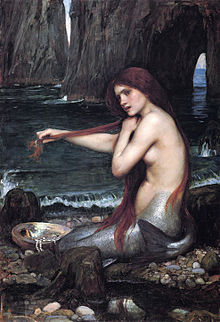 I believe at times that man created art out of fear of exploring woman. I believe woman stuttered about herself out of fear of what she had to say. She covered herself with taboos and veils. Man invented a woman to suit his needs. He disposed of her by identifying her with nature and then paraded his contemptuous domination of nature.
I believe at times that man created art out of fear of exploring woman. I believe woman stuttered about herself out of fear of what she had to say. She covered herself with taboos and veils. Man invented a woman to suit his needs. He disposed of her by identifying her with nature and then paraded his contemptuous domination of nature.